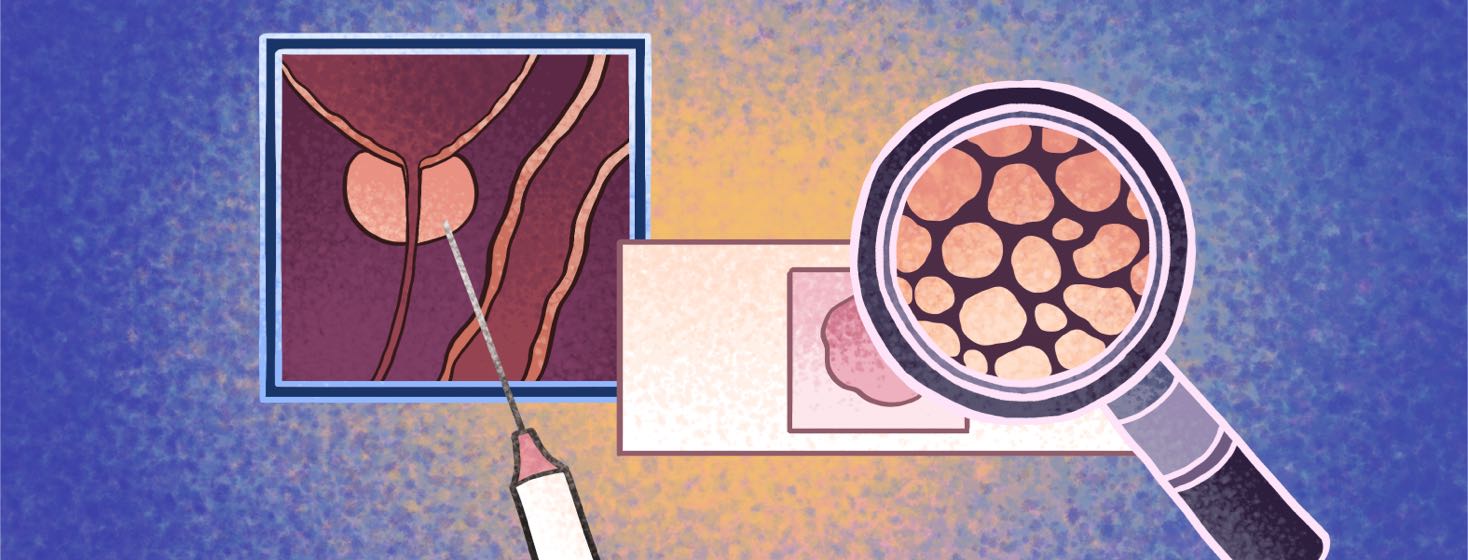Looking Inside a Prostate Biopsy
I would be what they called “a daddy's girl.” I am in my mid-sixties, but very close with my father. He is eighty-eight, as of my writing this, and has several conditions goings-on, but for the sake of this article, we are going to talk about prostate biopsies. My father knows how important this journey is for me, so he tells me everything.
My dad's biopsy experience
Prostate biopsy is a procedure that removes abnormal tissue samples from the prostate. The prostate is a tiny walnut-shaped gland that generates a fluid that feeds and carries sperm. Prostate cancer affects many men. A biopsy can help make a diagnosis of prostate cancer.
My father told me that a needle was used to take samples from the prostate by a urologist. He did say he was scared by just thinking about it, but it was over very quickly, and he did have a little discomfort. After the procedure, he had a little bit of blood in the urine, but it only lasted for a few weeks.
Wanting to learn more
I wanted to know more about these procedures and did some research. There is something called transrectal biopsy, which is a process that takes about 10 minutes. A needle is inserted through the rectum and then the prostate. The second one is called a transperineal biopsy, where samples are taken from different areas of the prostate. In some cases, a needle is inserted through the skin between the scrotum and anus to do the biopsy.1,2,3
After all this, the samples are taken to a laboratory and examined. You may get your results in a few days. When the results come back if you've been diagnosed with cancer, you'll be assigned a Gleason score. The higher your score, the more likely there is cancer present and may need to be treated. Because biopsies might miss malignant areas of the prostate, a repeat is occasionally required.4
Advantages and disadvantages
Are there any advantages to getting a biopsy? I think so. It can help determine whether you have prostate cancer, how aggressive it may be, and what treatment options may be best.
Are there any disadvantages of doing this? A biopsy can only reveal if cancer was present in the samples taken; sometimes cancer may go undetected. It can detect a non-aggressive or slow-growing malignancy that may not present any signs or concerns over your lifetime. Treatment, if it's needed, might have unpleasant side effects that are difficult to deal with.
A biopsy also carries potential adverse effects, including the possibility of an infection. Talk to your doctor about this. Because the biopsy might cause bleeding, a doctor may tell a person to stop taking blood-thinning medications for a period, which my father was on.
A journey
This has been a 16-year journey for my father. He is eighty-eight today, as of my writing this, and still going strong. Early detection played a big part in this journey for him; need I say more?

Join the conversation